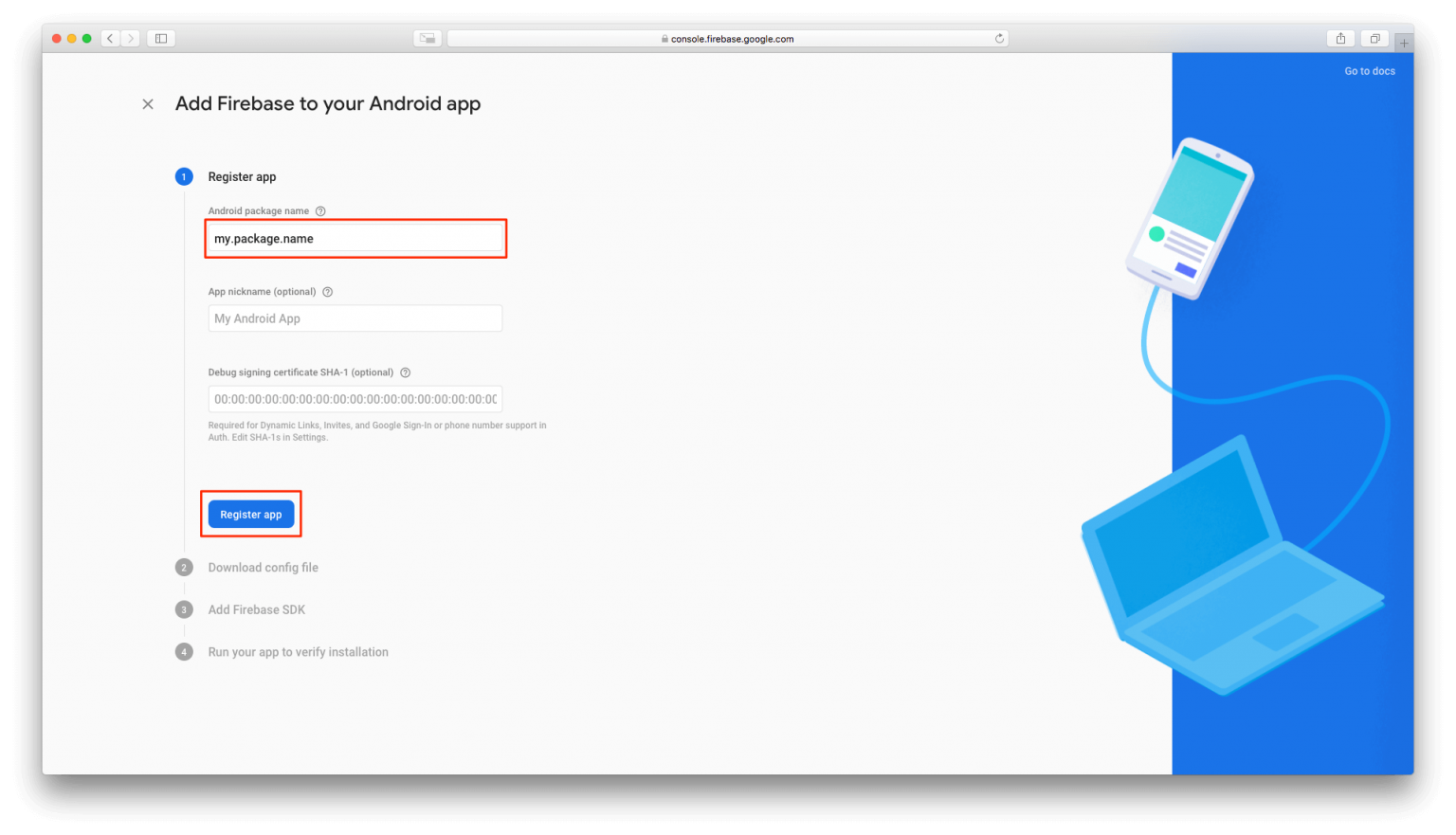
This will create a basic Readme file that you can edit later. Next, in the same page, you’ll need to check the “Initialize this repository with a README” box in order to add files to the repository. You’ll then be prompted for a name and an optional description for your new repository. How do I add a project to GitHub without command line?Īdding a project to GitHub without command line is a fairly straightforward process.įirst you will need to log into your GitHub account and create a new repository by clicking on the “+” icon in the top right of the page.

With the right setup and steps, you can easily connect your local project to a remote repository and push your code to GitHub. Uploading an Android Studio project to GitHub is a straightforward process. When the commit is finished, you can select “Push” to upload your project to the repository. Enter a commit message (such as “Initial Commit”) and click “Commit” again. Once the connection is established, click “OK” to save it.īack in the version control window, click the “Commit” button to save your local version of the project to the repository. Enter the path to your GitHub repository (“ com//”), then click “Test” to verify the connection. Open the version control window in Android Studio and select the “Git” option. Once your repository has been created, it’s time to link your local project to this repository. Give the repository a unique name (such as “android-project”), provide a brief description, and select the type of repository you wish to create (public or private).

To do this, log in to your GitHub account and click the “Create Repository” button. First, you need to create a repository on GitHub. Uploading an Android Studio project to GitHub can be done in several easy steps.


 0 kommentar(er)
0 kommentar(er)
